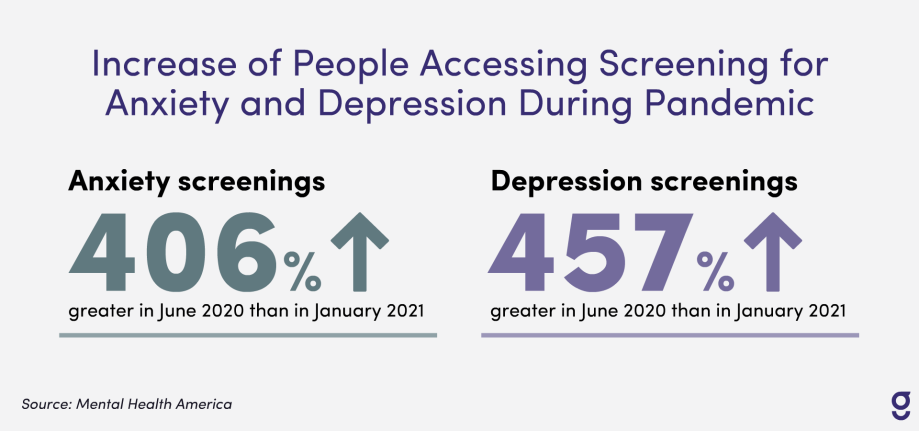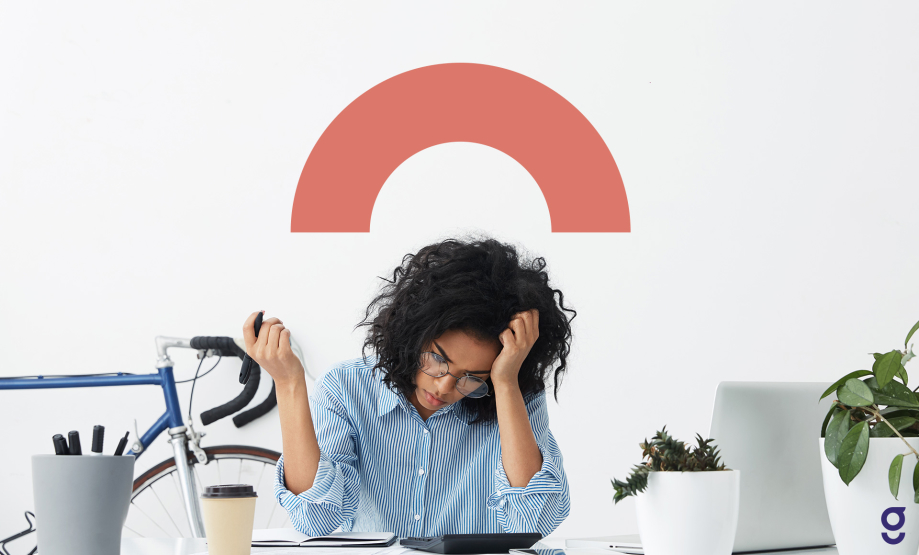An EAP Isn’t Enough: How to Support Mental Health of Employees
In recent years employers have become more aware of the rising incidence of employees with mental health problems. While employers do see these problems translated into increased medical claims data, it is about more than costs. Employers are increasingly focused on supporting employees’ emotional well-being, as part of their overall health.
Contents:
Mental Health Affects Work Performance
Employee EAPs Are Not Being Used
Why EAPs For Mental Health Aren’t Working
Tie Between Mental and Physical Health
Mental Health Affects Work Performance
Mental health issues like stress, anxiety, and depression directly affect workplace performance. Depression has been a subject of much study. This condition interferes with a person’s ability to complete physical job tasks about 20% of the time and reduces cognitive performance about 35% of the time.
The American Psychiatric Association found that employees with unresolved depression have a 35% reduction in productivity relative to those with unresolved depression. This reduction in productivity along with the effects of absenteeism and medical costs results in an economic loss to the U.S. economy of $211 billion.

Employee EAPs Are Not Being Used
Employers have become more active in offering resources to address mental health issues. Most of these resources are offered through an EAP (Employee Assistance Program). However, the usage for mental health services is low, estimated to be between 1-2% of employees, according to the GEHI HR Leadership Council.
This statistic is particularly concerning given the increase in mental health problems resulting from the pandemic. A recent study showed that 1 in 3 adults report being anxious or depressed due to the pandemic. For young adults the incidence of anxiety was three times higher in 2020 than in 2019 and depression was four times higher, according to a CDC report.
In a review of 68 studies in 19 countries, involving 288,000 participants, 1 in 3 adults experienced psychological distress connected to the pandemic. Thirty-three percent of the participants suffered from anxiety, while 30% reported having depression.
A non-profit organization that supports people with mental health problems, Mental Health America (MHA), found a similar uptick they reported a fourfold increase in the number of people accessing its services. That included people accessing an online screening tool and seeking help for depression, anxiety, and other mental health problems. For example, anxiety screenings in June 2020 were 406% greater than in January 2021, while screenings for depression were 457% greater than in 2019.

Why EAPs For Mental Health Aren’t Working
Given the prevalence is so widespread, with 40 million people in the U.S. affected by depression, according to the Anxiety & Depression Association of America, why aren’t employees using EAPs to get help? Two large factors are:
A hesitancy by employees to use company resources for mental health issues, and
The difficulty for employees to recognize their symptoms as a mental health problem.
In the first instance, mental health is viewed more negatively than a physical ailment.
In the second instance, people may not realize that symptoms of stress, anxiety, or depression could be serious, and therefore would be hesitant to seek help.
Tie Between Mental and Physical Health
Mental health and physical health are closely connected. For instance, stress can be a trigger of insomnia and stress can result from insomnia.

In fact, a Goodpath Employer Health Index found that 79% of the people who take assessments for insomnia also experience symptoms of both anxiety and depression.
There is also a relationship between mental health and pain. A CDC report found that approximately 20% of U.S. adults had chronic pain. Those with pain may also have both anxiety and depression, as reported by the National Center for Complementary and Integrative Health of the National Institutes of Health.
Integrative Care Can Help
With the strong tie between physical and mental health, an integrative health and wellness benefit that considers the whole person is a better option for employers. A program that offers an in-depth look at the variety of factors impacting an employee’s health is ideal.
And for employers, it’s a creative way to reach employees who may not have support for their mental health issues. This approach provides employees with the opportunity to address underlying mental health problems, in the context of care for their physical conditions.

Goodpath’s programs for chronic pain, digestive health, and sleep problems include mind-body techniques that help our members lessen their anxiety and boost their moods, such as:
Our programs can be offered as a benefit in your company. They cover a wider range of employees than point solutions and use techniques that lead to greater adoption rates than traditional programs.
Get started with a demo at goodpath.com/employer.
